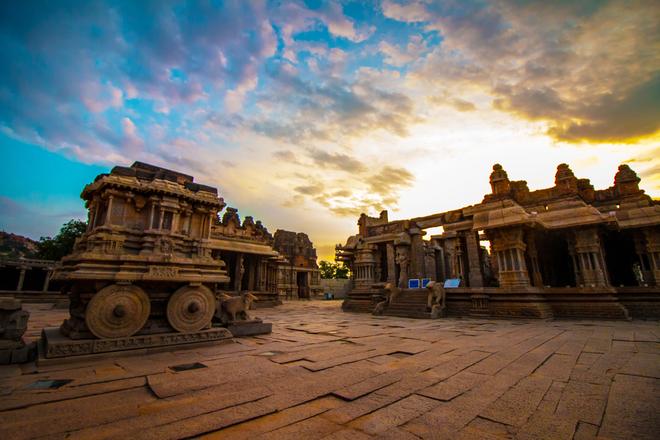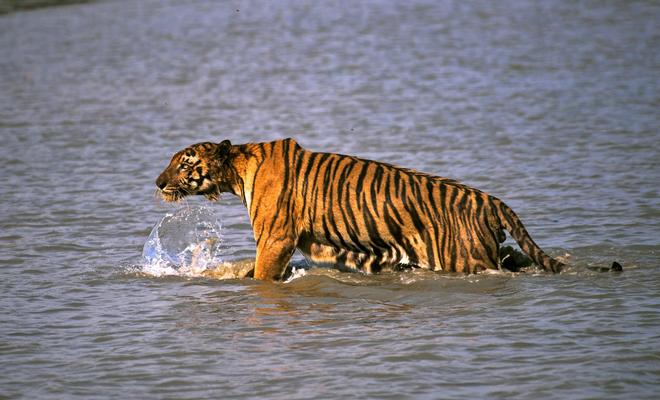The curious case of the breathing bridges
I still remember trying to catch the monsoons in the wettest place on Earth, Mawsynram in Meghalaya. That was a couple of years before the pandemic when climate change hadn’t overturned our seasons. But it was not just the monsoons that we were there for, but a century-old manmade natural wonder- the root bridges of Meghalaya. The north-east State is known for its dramatic and lush landscapes, heavy rainfalls, and breathtakingly beautiful waterfalls. But it is the root bridges that set the state apart. Walking across a living, breathing bridge made up of tangled roots, as you get hemmed in by forested hills, can make you feel as if you have stepped into a fairyland. There are many such living breathing bridges in the rural villages of Meghalaya. These are built using the aerial roots of Ficus elastica, a species of fig tree. These bridges help one navigate across the water bodies in the deeper reaches of the forests of the north-east State.
Propelled some 50 to 100 feet up in the air, the bridges comprise the tangled roots of two trees that are woven together and “coerced” to grow to form pathways or bridges. These bridges are made by planting rubber trees on either side of the river and then merging, guiding, and weaving the secondary aerial roots together to form the bridge. The roots grow thicker and stronger as the years pass by until they form a bridge and can support the movement of people. There are some 100 living root bridges across different villages and new bridges are being made even now.
Embark on a perfume trail
Remember the smell that wafts in when the first rains arrive after a long spell of hot weather? It is the distinct smell of the earth that arises when the rain hugs the parched earth. It is called petrichor. Now what if you can bottle the smell? In the town of Kannauj in Uttar Pradesh, generations are involved in bottling a myriad range of fragrances. They are the ittar makers. They carry forward this centuries-old tradition of ittar making following the traditional method of hydro-distillation. They are famed for ‘mitti attar’ in which they have bottled the smell of the earth after the first showers. The ittars are pure and natural and are available in a host of fragrances. The ittar makers have their secret formula and bring out a multitude of fragrances such as those of flowers, grasses and herbs and spices. The holidays can be an ideal time to explore this quaint town. Embark on this heady trail exploring the many exquisite fragrances and the centuries-old technique in perfumery.
River rafting

What’s common among “Sweet Sixteen”, “Roller Coaster”, “Double Trouble”, “The Wall”, and “Three Blind Mice”? They are all some of the majestic rapids in the waters of the Ganges. If adventure is your forte, then river rafting might just be one of the activities to indulge in. And one of the best locations to experience the sport is in Rishikesh, Uttarakhand. Catching the rapids and riding them in a raft in the Ganges is one of the most adventurous and thrilling activities. While the sport is challenging, one can always choose a stretch that is comfortable and mild. The rapids are classified into categories such as grades I, II, III and IV. This adrenaline-packed watersport lets you sail through the untamed waters, as the raft tosses and turns when it rides a rapid. Another site famous for river rafting is the Brahmaputra which is popularly called “The Everest of Rivers.”
Explore the ruins of Hampi

Ever heard about musical pillars? These are the columns at the Mahamandapa pavilion in Hampi that can create musical notes. It is not just these “sa-re-ga-ma pillars” that astound one at the ruins of Hampi, Karnataka. But the property looks like an art exhibit with centuries-old stone ruins. The UNESCO World Heritage site includes more than 1000 surviving remains of an ancient empire such as royal complexes, temple complexes, pillared halls, forts, riverside features, mandapas, and so on.
The ancient structures are architectural masterpieces and incorporate elements of Indo-Islamic architecture. From the 14th to 16th Century, the region was the capital of the South Indian Hindu Vijayanagara kingdom. The empire fell in the Battle of Talikota in 1565. The surviving structures at the site feature intricate and ornate craftsmanship. The holidays can be the ideal time to learn a bit about history and heritage. So step into an ancient era and soak in the grandeur of the architectural and colossal structures at Hampi.
Spot tigers in Sundarbans

Being in the wild and spending time watching animals can be a thrilling and adventurous activity. And there is no better place to experience the magic of the wilderness than the Sundarbans National Park. The Sundarbans mangrove forest is the largest contiguous mangrove forest in the world. The Sundarbans is part of the Gangetic Delta and is formed from sediments deposited by the three rivers— the Ganges, Brahmaputra, and Meghna. Part of it lies southeast of Calcutta in West Bengal while the rest is in Bangladesh. Here one gets to catch a glimpse of the most magnificent cat, the Royal Bengal Tiger. The Bengal tiger is an endangered species. What sets the animal apart is that it is adapted to an almost amphibious life, swimming and thriving in the mangrove forest. The site is also home to threatened species such as the estuarine crocodile, Irrawaddy Dolphin, and the Indian python, along with other rich and diverse flora and fauna. One can indulge in a boat safari to experience the region in all its splendour.







